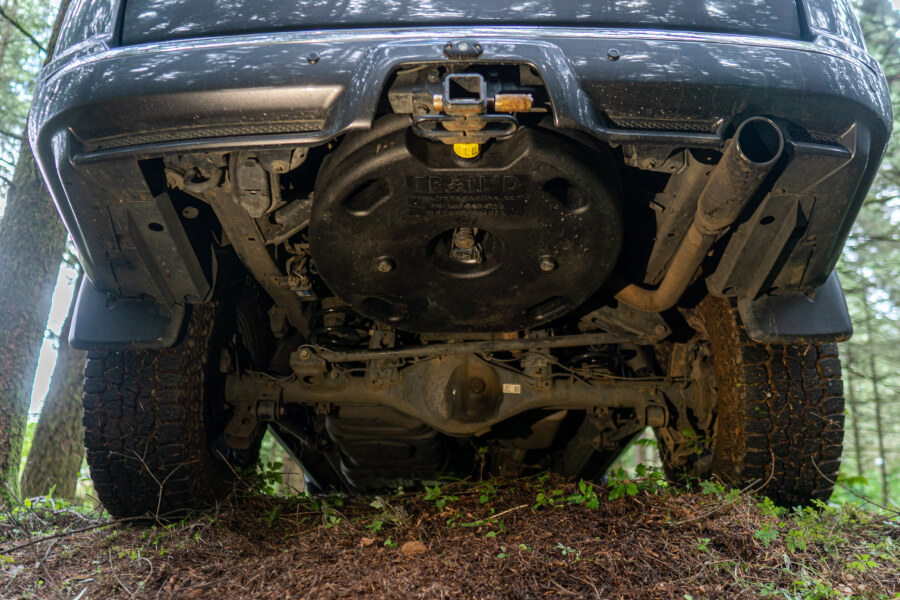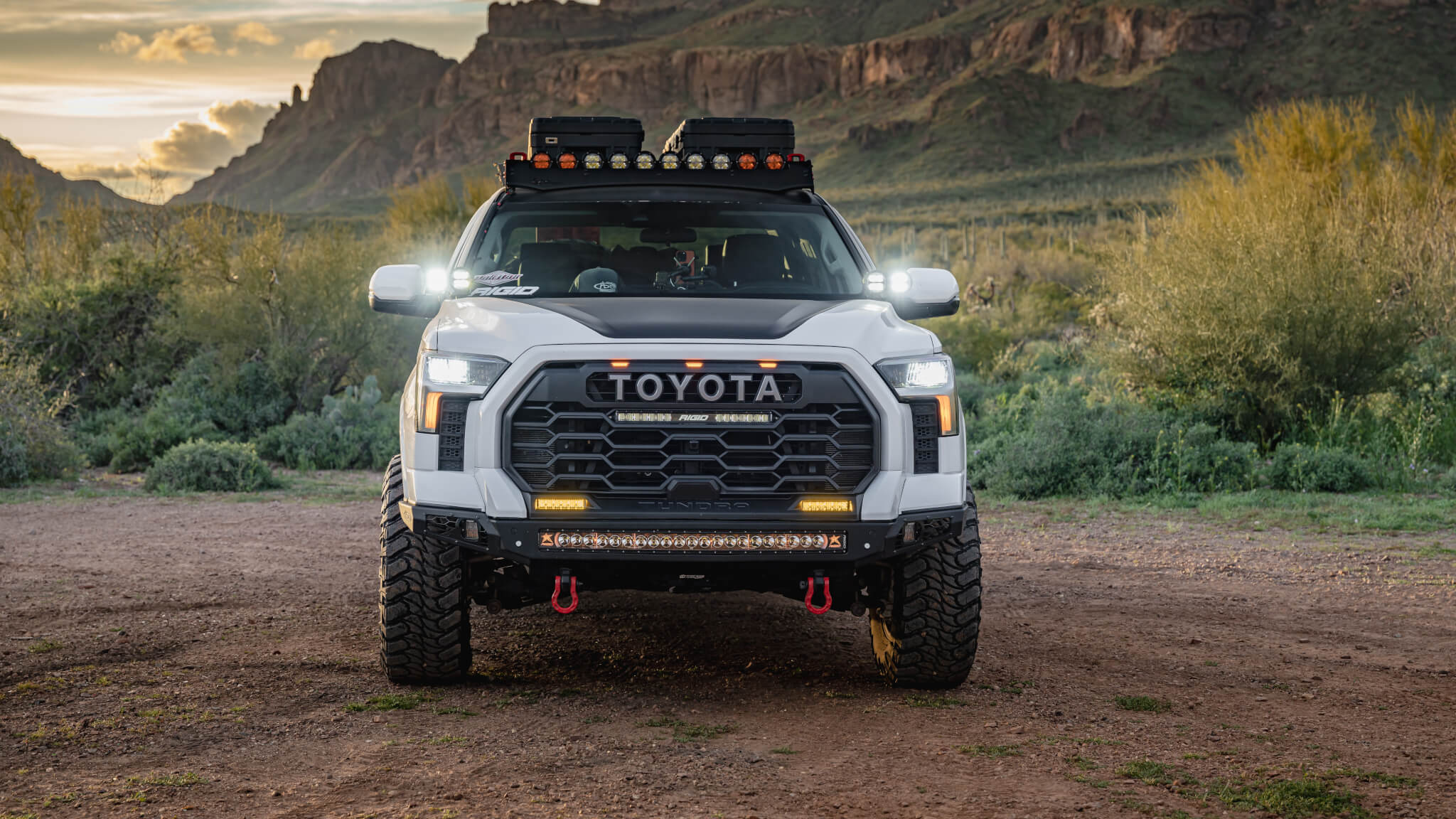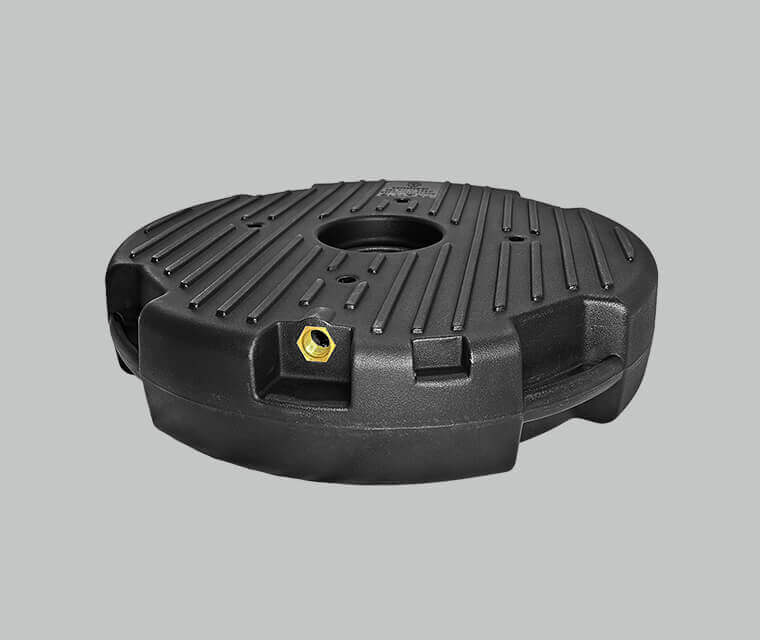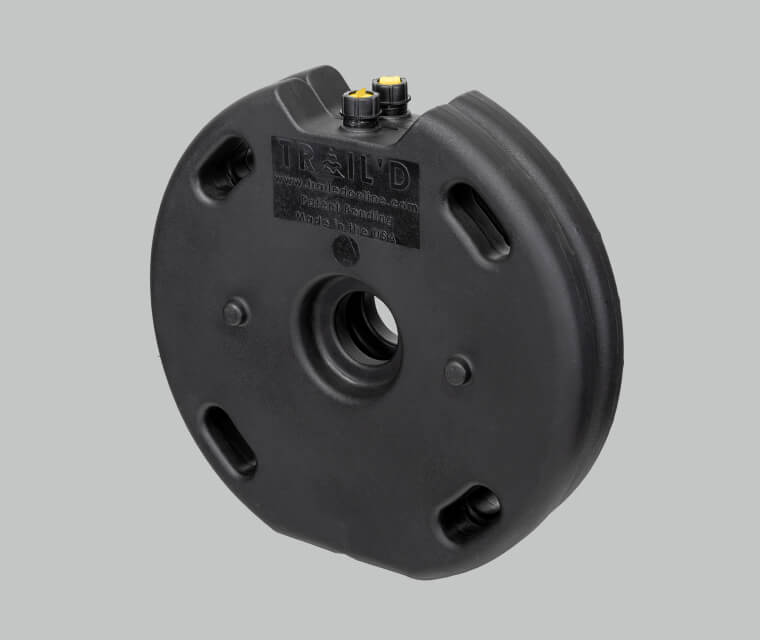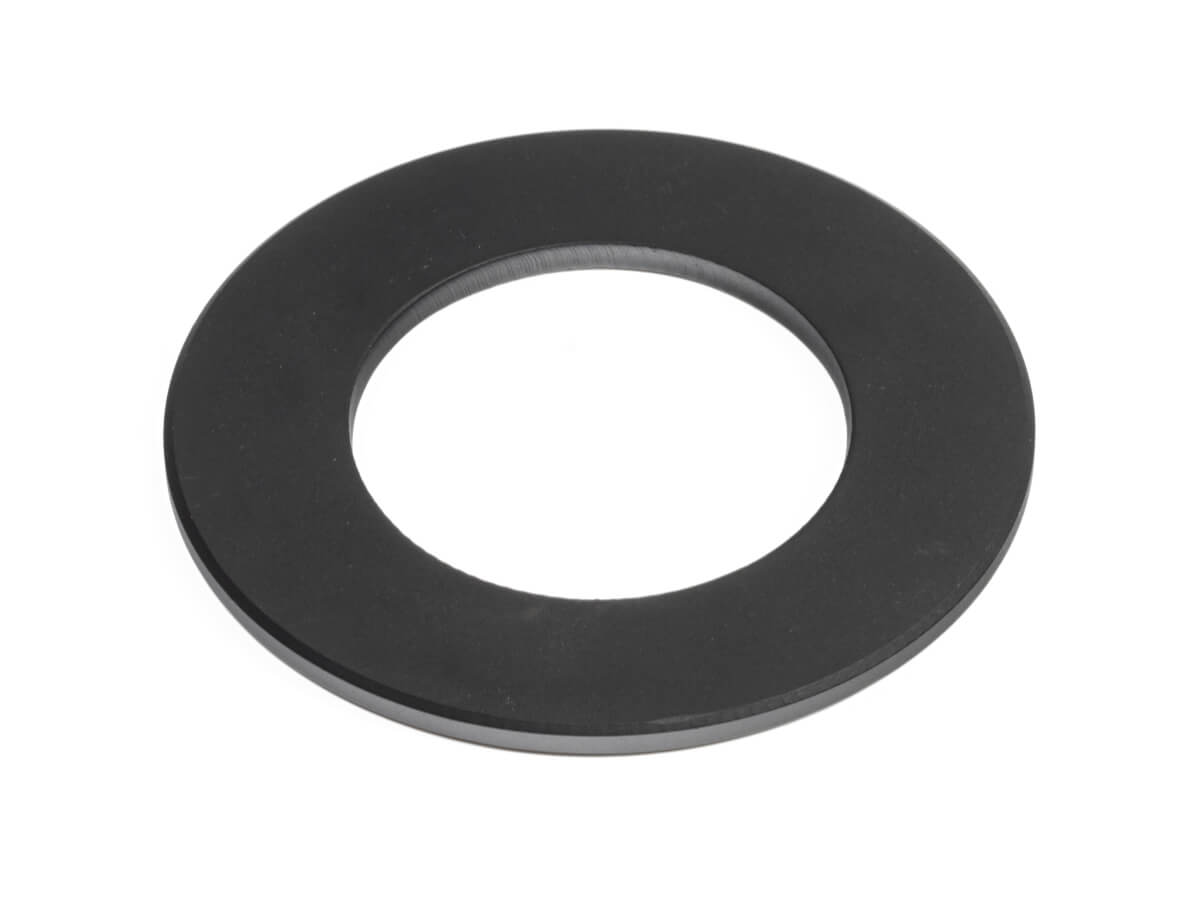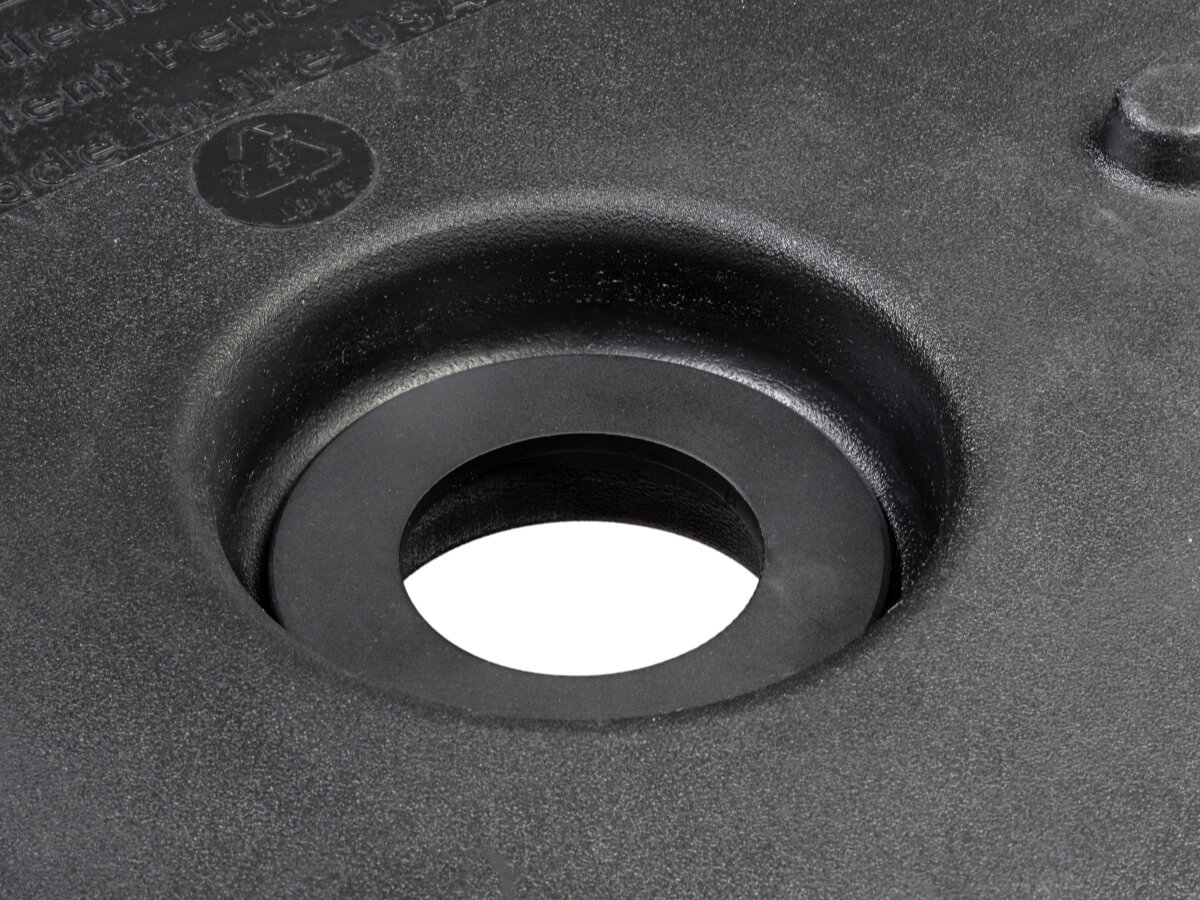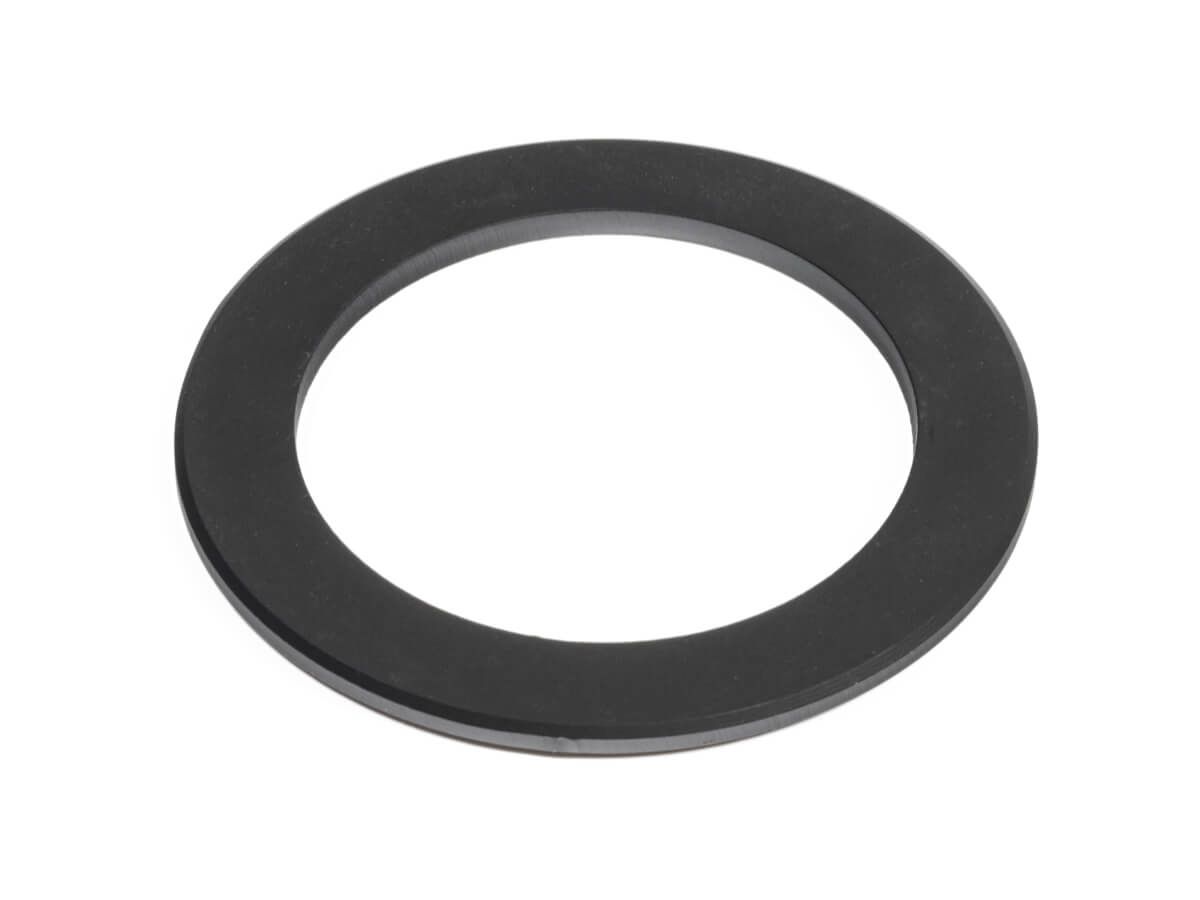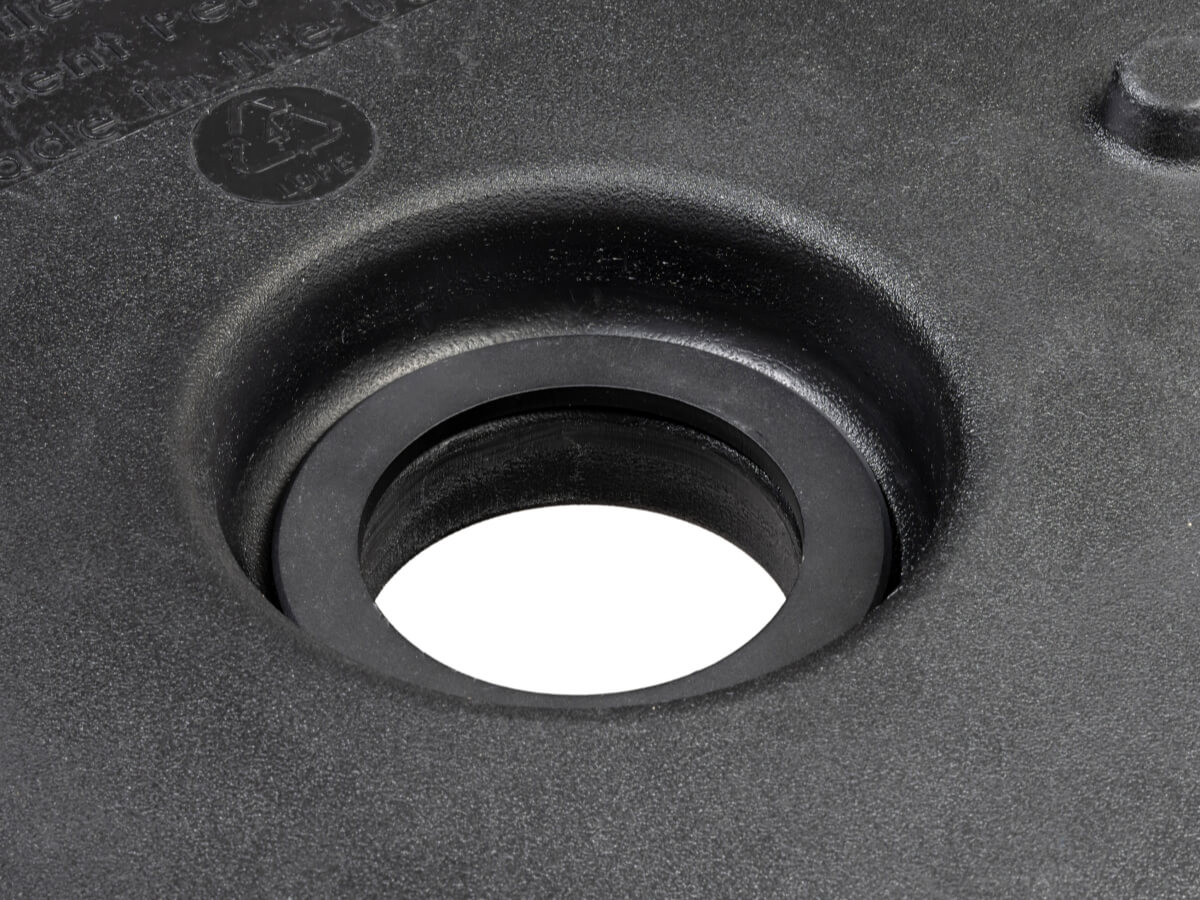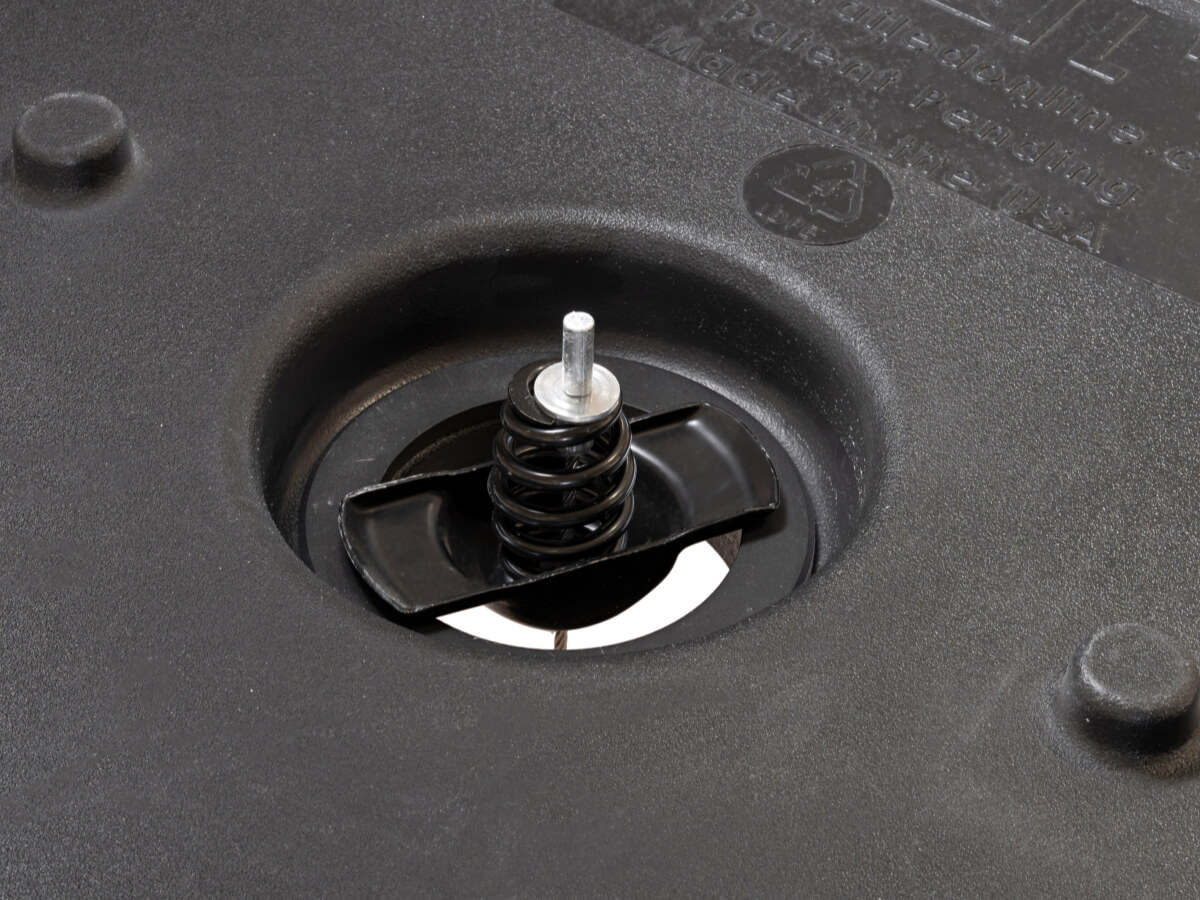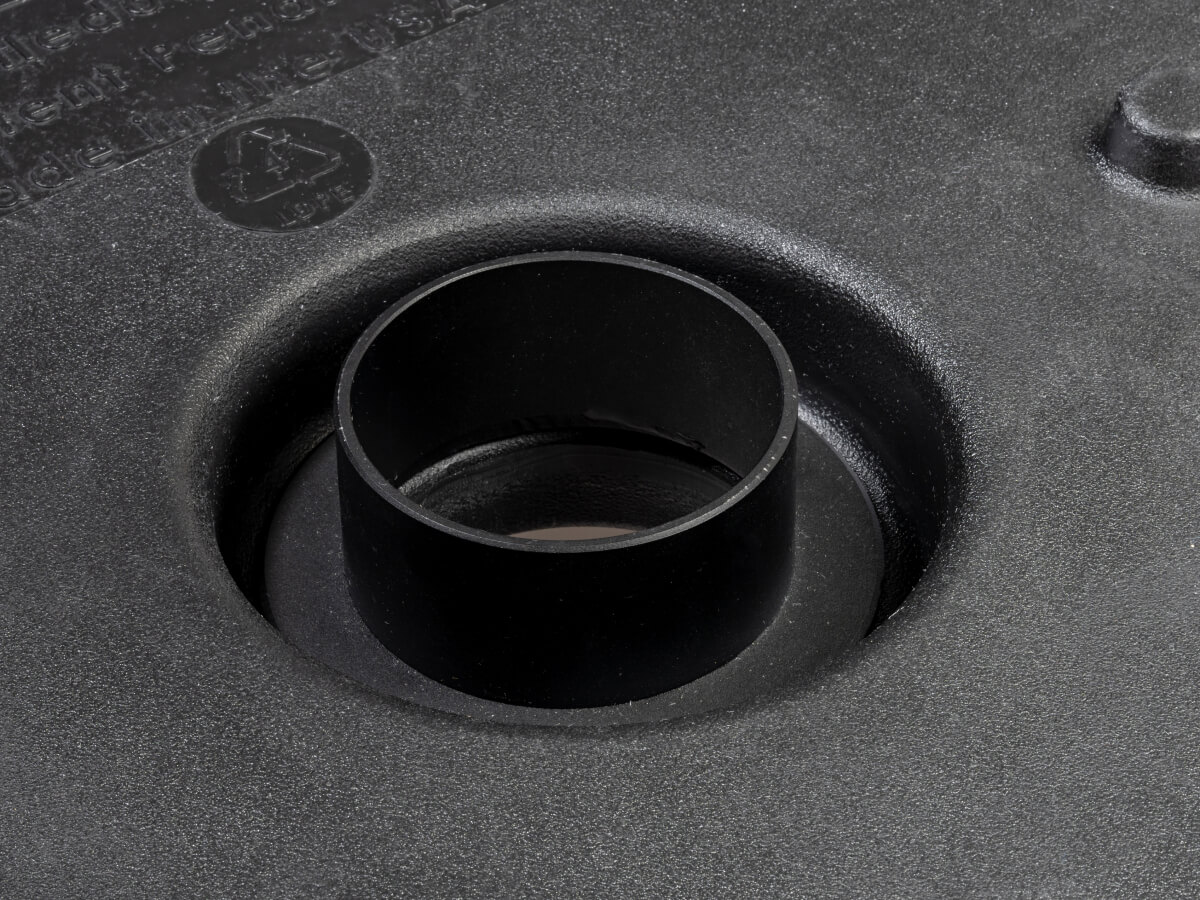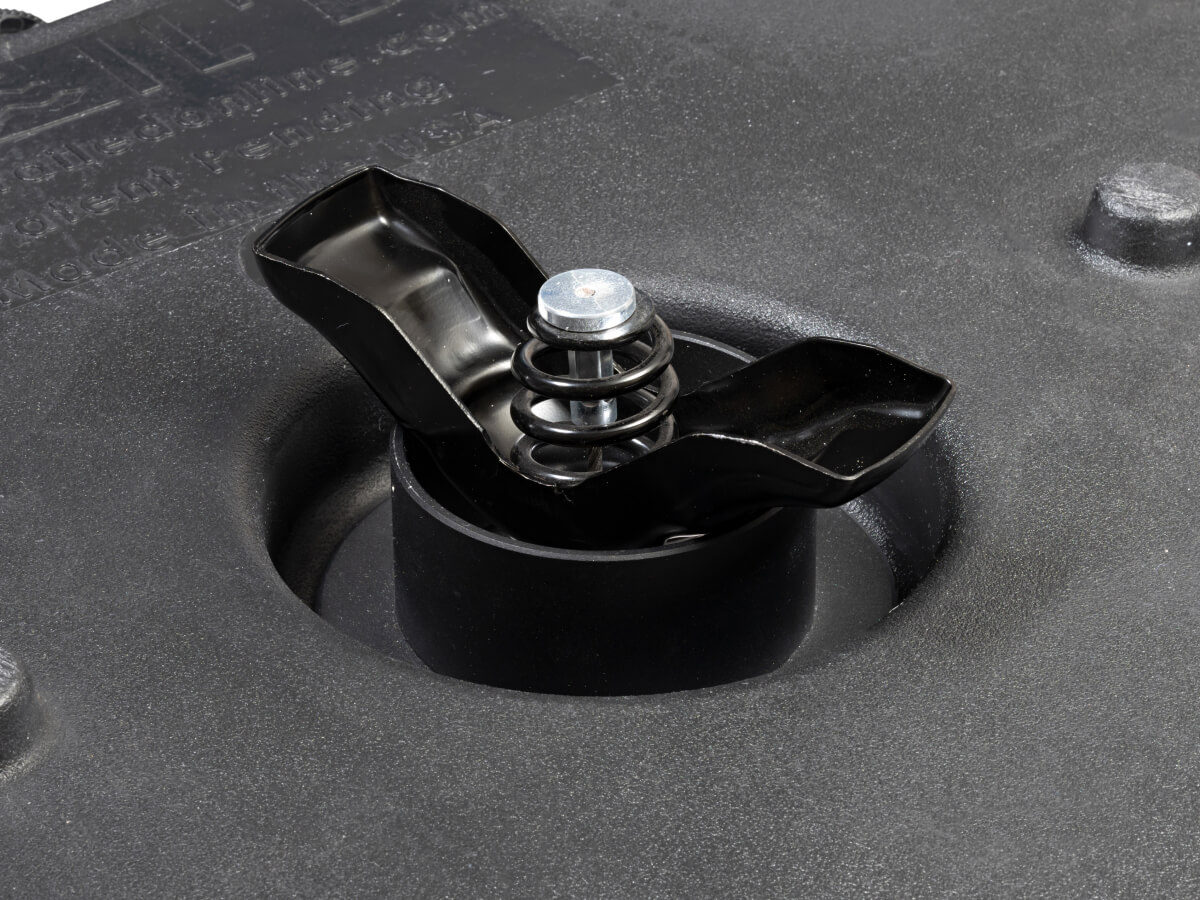Welcome to the blog.
It is great to have you with us – whether you are looking for more information about hitting the trails, overlanding in general or the gear that you will need, we have something for everyone.
In this post, we are going to look at Overlanding and go more in depth into the question:
“What is Overlanding?”
We will cover what overlanding is, the basics of what you need to get started and also give you an example trail and timeline you could take for your first adventure.
Let’s first have a look at what overlanding is:
Overlanding is a form of outdoor travel where individuals or groups use off-road capable vehicles to explore remote and rugged terrain for extended periods of time.
It is a unique way of experiencing the great outdoors, offering a sense of adventure and freedom that can’t be found in other forms of travel.
The origins of overlanding can be traced back to early explorers who travelled long distances in search of new lands, resources, and cultures. Today, it has evolved into a popular form of adventure travel that allows people to escape the hustle and bustle of modern life and reconnect with nature.
Overlanding typically involves travelling in a well-equipped vehicle, such as a 4×4 truck, SUV, or camper van. These vehicles are often modified with features like off-road tires, roof racks, and camping gear to ensure that they can handle the demands of rough terrain and extended travel.
In addition to the vehicle, overlanders typically carry all of the supplies and equipment they need for their journey, including food, water, fuel, and tools.
At this point – we would be doing ourselves a disservice (and you!) if we didn’t mention the Trail’d tank – make sure you check it out – it will give you the easiest way to store water and gas and fits straight into the spare tire mount. You can also go from six gallons storage with a single tank or get the triple pack for up to 18 gallons storage!
One of the key elements of overlanding is the journey itself. Rather than focusing on a specific destination or itinerary, overlanders tend to prioritise the experience of exploring remote and scenic locations along the way. This can involve navigating challenging terrain, such as rocky mountain passes or desert sand dunes, or simply enjoying the solitude of a remote wilderness campsite.
These are commonly known as “trails” – with most overlanding enthusiasts seeking out a trail that gives them a challenge.
Overlanding also offers opportunities to engage with local cultures and communities. By travelling off the beaten path, overlanders may encounter small towns, communities, or other groups of people who live and work in the areas they are exploring. This can lead to meaningful cultural exchanges and a deeper appreciation for the natural and human history of the region.
Another key aspect of overlanding is self-sufficiency. Overlanders must be prepared to handle unexpected challenges and emergencies, such as vehicle breakdowns, changing weather conditions, or medical issues. This requires a high degree of resourcefulness, adaptability, and problem-solving skills.
While overlanding can be an incredible adventure, it is important to approach it with a spirit of respect and responsibility.
Overall, overlanding is a unique and rewarding way to experience the great outdoors. Whether you’re a seasoned adventurer or a first-time traveller, it offers the chance to explore remote and rugged terrain, connect with local cultures, and challenge yourself in new ways.
Basic List of What You Need:
- This list is a very basic ‘starter’ list of what you need – so you can see what we would consider a bare minimum.
- An off-road capable vehicle (e.g., 4×4 truck, SUV, or camper van)
- Camping gear (e.g., tent, sleeping bag, stove, etc.)
- Food and water supplies
- Fuel (including extra fuel cans if necessary)
- Navigation tools (e.g., GPS, maps, compass)
- First aid kit and emergency supplies
- Basic vehicle maintenance tools
- Adequate clothing and gear for the conditions you’ll encounter (e.g., cold weather gear, rain gear, etc.)
- Communication devices (e.g., cell phone, two-way radios, satellite phone)
- Knowledge of the local regulations and customs of the areas you’ll be travelling through
- Respect for the environment and the local communities you’ll encounter.
Be sure to check out our full overlanding checklist for a more comprehensive guide.
How Long Should Your First Overlanding Trip Be?
The length of your first overlanding trip will depend on several factors, such as your experience level, the availability of time and resources, and the destination you choose. Here’s an example of how long your first overlanding trip could be:
Let’s say you’re a first-time overlander and you have a two-week vacation from work. You decide to plan a trip to explore the southwestern United States, starting in Colorado and travelling through Utah, Arizona, and New Mexico. Based on your itinerary, you estimate that you’ll need about 10 days to cover the distance and visit the places you want to see.
Here’s a sample breakdown of your trip:
- Day 1: Depart from Colorado and head to Moab, Utah (about a 6-hour drive)
- Day 2-3: Explore the Arches and Canyonlands National Parks in Moab
- Day 4-5: Travel south to Monument Valley in Arizona and spend a night or two camping
- Day 6-7: Visit the Grand Canyon National Park in Arizona and explore the area
- Day 8-9: Head to Santa Fe, New Mexico, and spend some time exploring the city and surrounding areas
- Day 10-11: Travel to the Four Corners area where Colorado, Utah, Arizona, and New Mexico meet, and camp for a night or two
- Day 12-13: Return to Colorado and explore the San Juan Mountains and surrounding areas
- Day 14: Return home.
This is just an example of how long your first overlanding trip could be. You could make it shorter or longer depending on your needs, but it’s important to make sure you have enough time to enjoy the journey and explore the destinations you’ve chosen.
Remember to go overlanding, you’ll need an off-road capable vehicle, camping gear, food and water supplies, fuel, navigation tools, first aid and emergency supplies, appropriate clothing and gear, communication devices, and knowledge of local regulations and customs. You can check out our overlanding checklist for more help with recommended vehicle and equipment to get you started.
The length of your first overlanding trip will depend on various factors, but it’s important to plan enough time to fully experience the journey and the destinations you’ll encounter. Overall, overlanding is a fantastic way to explore the great outdoors and create unforgettable memories.
We hope this has helped give you a simple overlanding guide with some of the basics.
As always, we would love to hear from you here at Trail’d – let me know in the comments whether you have a trip planned or are just starting out – we can help with any questions too.
Hope to see you out there on the trails soon.
Need More Help With Planning Your Next Overlanding Trip?
Here are some great resources:
Check out this overlanding board and forums – it has over 45,000 members and covers everything to do with overlanding:
CLICK HERE TO CHECK OUT THE OVERLANDBOUND FORUMS…
You can also check out the Tread Lightly! Overlanding Safety and Ethics guide – this is a great help to learn the ropes before your first trip.
CLICK HERE TO CHECK OUT THE TREAD LIGHTLY SAFETY AND ETHICS SITE…


